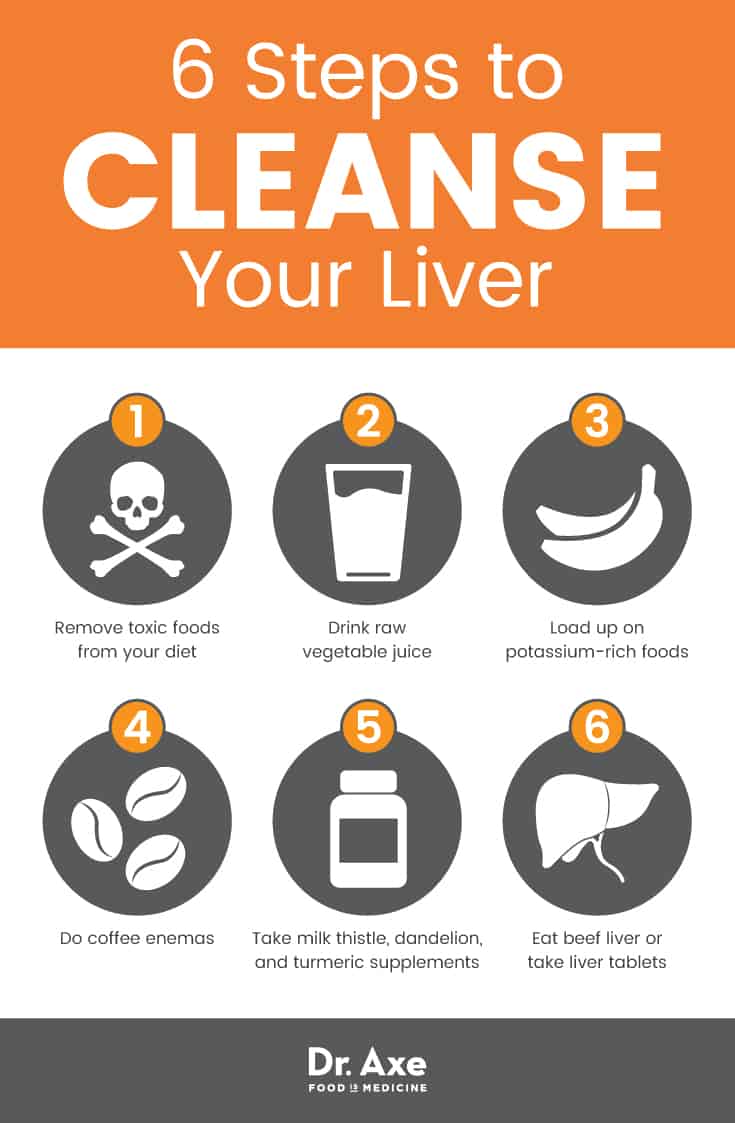"Yoga and Meditation Techniques to Manage Liver Cirrhosis Symptoms" for Dummies

Liver cirrhosis is a modern ailment that slowly wrecks the liver, leading to scarring and liver problems. It can easily be led to through various factors such as alcoholic drinks misuse, virus-like liver disease, autoimmune health conditions, and non-alcoholic fatty liver health condition. Regrettably, it often goes unseen until it is in its advanced phases. Understanding the stages of liver cirrhosis and the comfort approaches for each stage can assist deal with the ailment efficiently.
Phase 1: Compensated Cirrhosis
In this early phase of liver cirrhosis, there might not be any type of obvious signs. The liver is still capable to perform properly despite some scarring. Nonetheless, this phase requires near monitoring as it can easily progress swiftly without proper treatment.
Comfort Strategies:
1. Lifestyle modifications: Producing healthy and balanced way of living modifications such as avoiding alcoholic drinks consumption and maintaining a well-balanced diet regimen can slow down down the progress of cirrhosis.
2. Medications: Medicines are prescribed to manage signs such as impulse and tiredness.
3. Routine check-ups: Regular check-ups along with a medical care company are necessary in tracking any kind of modifications in the ailment.
Stage 2: Decompensated Cirrhosis
In this phase, the harm to the liver has proceeded significantly resulting in signs and symptoms to show up. These feature jaundice (yellowing of skin layer), ascites (stomach swelling due to fluid collection), and hepatic encephalopathy (confusion and moment reduction).

Alleviation Strategies:
1. Diuretics: Diuretics help lessen liquid build-up in the physical body led to by ascites.
2. Low-sodium diet plan: A low-sodium diet aids decrease water loyalty resulted in through ascites.
3. Paracentesis: In serious cases of ascites where diuretics do not function, paracentesis may be executed which includes draining excess fluid coming from the abdominal area utilizing a needle.
4. Lactulose or Rifaximin: These medications are utilized to handle hepatic encephalopathy.
Phase 3: End-Stage Cirrhosis
This is the last and very most intense phase of liver cirrhosis when the liver function has substantially deteriorated. Indicators come to be a lot more severe, and there is an improved threat of creating liver cancer or liver breakdown.
This Is Noteworthy :
1. Liver transplant: A liver transplant may be recommended in cases where the liver functionality has badly dropped, and various other treatments are no a lot longer effective.
2. Palliative care: Palliative treatment can aid take care of signs such as ache and nausea in end-stage cirrhosis individuals who are not qualified for a liver transplant.
3. Regular display: Near display of indicators is essential to ensure that any type of changes are rapidly dealt with.
In verdict, understanding the stages of liver cirrhosis may assist deal with the condition efficiently. Very early diagnosis and correct treatment can easily slow down the progression of cirrhosis and strengthen total high quality of lifestyle for those had an effect on by this condition. Producing well-balanced way of life changes, taking prescribed medications, routine check-ups with a medical care provider, and choosing for a liver transplant if required are all essential methods in managing this disorder effectively.
